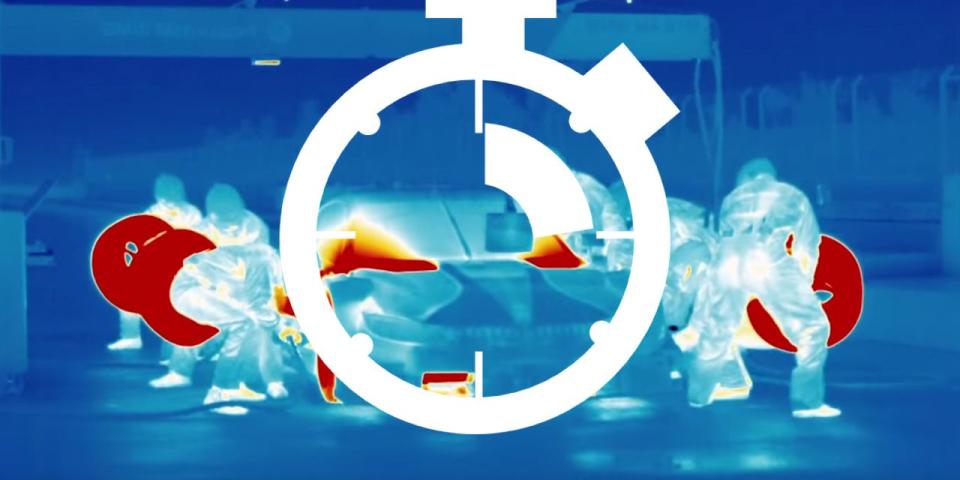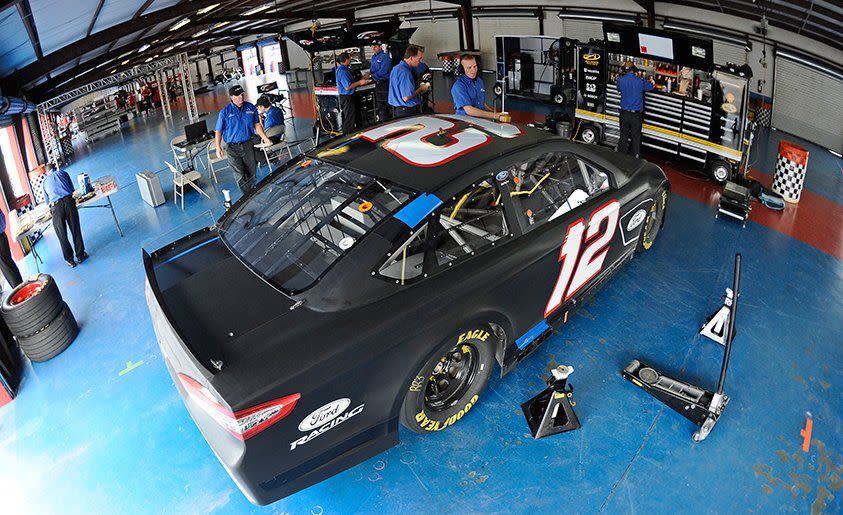A Lot's Changed Since I Used to "Borrow" Car and Driver from the Local Barbershop


From the December 2016 issue
Well, here’s one for the bucket list. I used to “borrow” Car and Driver magazines from the local barbershop when I was a kid, and now I’m writing a guest column.
More than 40 years have gone by since then and a lot of things have changed in the auto industry, but you know what they say: “The more things change, the more they stay the same.” What I mean is that what it takes to develop a high-performance automobile or to improve design platforms are the same basic principles that Henry Ford, Harley Earl, and Zora Arkus-Duntov used to create some of the most desirable cars in history. We in auto racing must still obey the same laws of physics that propelled Andretti, Foyt, and Gordon to victory.
What has changed the most are the tools we use to develop, design, build, and test. When I started racing, we used experience, intuition, a tape measure, and strings to set up cars. We used stopwatches, tire pyrometers, and driver feedback to make them go faster. I had a “black book” with all my notes and secret formulas.
Auto manufacturers knew a win on Sunday would help sales on Monday. They also knew that motorsports would be a great way to develop and test high-performance parts for the street. This manufacturer participation created some great battles in NASCAR as well as the old Trans-Am series. Unfortunately, the development and validation process took time, largely due to its being based on team input, durability, and on-track performance.
Now we have laptops, simulation, Pi System data loggers, infrared thermometers, GoPros, and live, real-time telemetry access to data. The development of these tools has done more than make the cars go faster; it’s made the competition both tougher and closer.

The tools take some of the human element out of problem solving and have made process as important as experience. They give you accurate information in real time and instantly provide direction for adjustments. Engineers who are motivated to win know what questions to ask, and understanding the process for finding the answers is now much more valuable than my old black book. I’m certainly not complaining, because these tools have pushed our performance forward; I am merely pointing out that even the best racers have had to change their decision-making process.
Sometimes, even though we know something may have worked successfully in the past, we have to let go of it and head in a different direction based on what we see is actually happening in the data. We collect accurate suspension travel, tire-pressure readings, and driver input, which sometimes causes some pretty interesting conversations.
Driver: “I was wide open through turns three and four.”
Crew Chief: “Oh, really? The throttle trace shows only 80 percent.”
Driver: “Well there must be something wrong with the sensor.”
We also have brake pressure, steering input, and engine rpm available. This data not only helps the crew chief find speed in the car, it helps the driver understand more about what he can do to be quicker.
Just as younger engineers are able to hold their own with more-experienced crew chiefs, the tools now allowed in NASCAR are helping younger drivers become more competitive with racing’s big names in a shorter period of time. All three manufacturers involved in NASCAR now have F1-level driving simulators that have been instrumental in speeding up the learning curve for many young stars.
Working with the auto manufacturers on the process by which we use these tools has been a two-way street as well. The team at Hendrick Performance worked closely with Chevrolet to test parts and pieces for the new-generation Camaro performance line using the same process and tools we used to develop the cars that have brought 11 NASCAR Cup championships to Rick Hendrick. We are able to deliver accurate data faster, which not only helps build a better piece, it cuts time to market.
We aren’t the only team doing development projects. I’m sure that Roush and Penske work closely with Ford to provide data and feedback on new components for the high-performance Mustang. The fact is, because of these new tools and the way we gather data, you can now buy a car off the showroom floor that will outperform many of the early race cars I worked on.
The technical advances in the tools we use have made our cars better and have made drivers better. Today, not only can you go to the dealership and buy a car that can turn laps faster than the old Trans-Am warriors, you can install a ready-made data recorder that will help you drive like Donohue and Follmer.
The laws of physics haven’t changed, and the battle for the fastest machine still wages, and the commitment to continuous improvement is as important as ever. But the tools we use, well, they’re different.
You Might Also Like

 Yahoo Autos
Yahoo Autos 